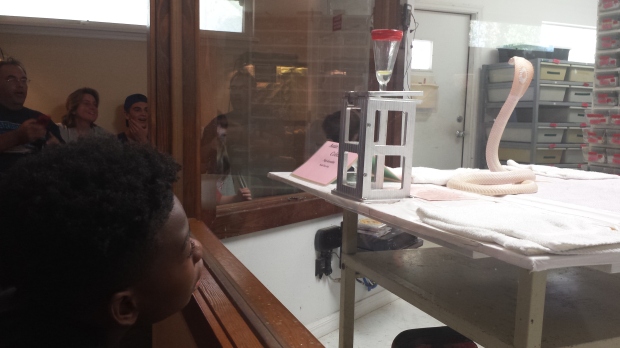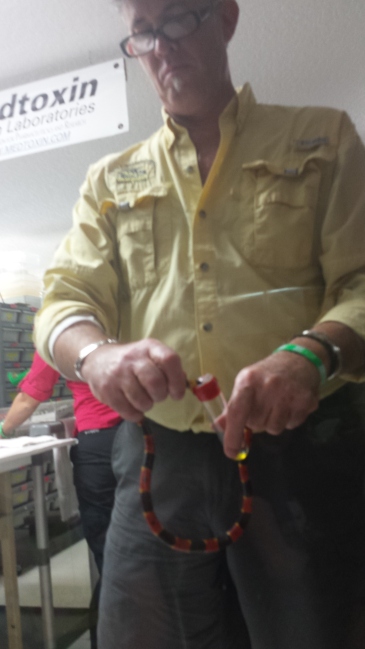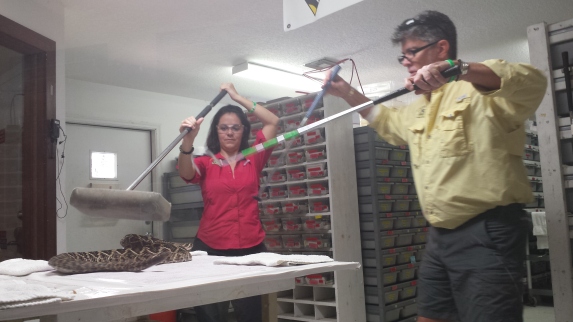How Meditation Changed my Life, One Circus Act at a Time
My dad was a psychiatrist—an old school one who believed equally in the power of medicine and talking things out. When I was a teen and started showing signs of anxiety and depression the natural course of action as prescribed by my parents was drugs and psychotherapy. These methods helped a great deal early on, but as an adult I found myself overly dependent on tools that no longer empowered me. So, four years ago, seeking something different I found a therapist who introduced me to meditation.
I began a practice as she directed, meditating for ten minutes a day, but it didn’t go as I hoped. I was fidgety and distracted, wanting anything but to sit in that chair. On day two I declared to my husband, “I suck at mediation.”
I returned to my therapist frustrated, and embarrassed.
“Hmm…” she said, thinking for a moment. “Why not try just meditating for a minute a day instead?”
Well this should be easy, I thought.
But about a week into my one minute practice, I still felt itchy and dissatisfied. There was no bliss, no joy, just total frusteration. It had become clear in my mind that I would never be a candidate for Buddhahood. So I quit.
However two years later, still plagued with discontent, I decided to try it again. I ordered a book from Amazon: Journey of Awakening: A Meditator’s Guidebook by Ram Dass.
The instructions for sitting meditation were simple: Set aside time each day to be alone in the quiet, keeping the length of time and location where you meditate consistent. Then sit yourself in a comfortable position, close your eyes and breathe. There wasn’t much more to it than that. Ram Dass suggested at first focusing solely on the air going in and out of your nostrils and nothing else. Every time your mind wandered, bring it back to your breath.
This time I started a practice in a different mindset. I went in to it knowing that a wandering mind was part of the game. I understood now that there was no such thing as a good or bad mediator. Knowing this completely changed my experience.
So, for the past two years, every morning, I have sat cross legged in my special chair, eyes closed, timer set for twenty minutes, simply breathing.
Usually the first few moments of mediation are quite lovely. I’m fresh and ready. I’ve got my mind focused on my breath. Life is good. But then inevitably, a thought wanders in. If I’m going through something rough, this will be the time that that murky, uncomfortable feelings rear their ugly heads and I notice negative thoughts come to the foreground.
But I’ve learned to not give these thoughts or emotions any energy. Like Ram Dass instructed, I simply bring my awareness back to my breath. My thoughts inevitably wander again, so I do the work, bringing them back again, gently, with love. This back and forth may happen ten, twenty times in a sitting, but I’m learning that it’s not the “sparkly” movements that are important, it’s the returning. I see meditation sort of like going to the gym. Every time you lift that weight, or do another sit up, you’re making yourself stronger.
On some days as I sit, I’ll admit, I feel really good, connected to everything, but lots of times it’s just me with my monkey mind in high maintenance mode. On those days I become convinced that there is in fact a three ring circus residing in my head. Not a real one of course—but some days I wonder.
The trick with my inner circus however is in the awareness. I remind myself that I am in the stands, not part of the show. On these days, the key is in knowing that the fate of the world is not dependent on whether the tight rope walker makes it to the other side or how many clowns that day will get sprayed with seltzer. It’s all just a show. So, as I breathe I remind myself (no matter how hard those clowns are working to bring me into their antics) that I’m just the observer.
The tigers of my mind may be jumping through flaming hoops and a multitude of mental clowns may be trying to fit into a tiny car, but I gently, through my breath remind myself that what happens down there does not need my immediate attention.
During meditation this morning, in the center ring of my mind was a doozy of a performance. Right there (dressed in a sparkly leotard) balancing on a high wire was a looming thought:
How am I ever going to survive summer break with the kids home?
In my primary reality where I see myself as a writer and a mother, thoughts like this hold a hell of a lot of weight. In this realm, not only do I have a book to write, but I also need to make sure the kids don’t drown each other in the pool or spend the next three months eating nothing but Hot Pockets.
Important stuff, right?
But the truth of the matter is, in the realm of meditation, as I breathe slowly, the identities and jobs I subscribe to are not even real. In the moment I am nothing but my breath, a quiet observer in the stands of an otherwise chaotic big top. How liberating it is to be able to let go of all my worries, even if sometimes it’s only for a moment.
I’ll be the first to admit, lots of days my meditation doesn’t end in sublime moments of rainbows and bliss. Some days I’ll check my meditation timer three or four times, fighting the urge to get my day moving. As with everything, some days are harder than others, but I am learning that the effort itself is what is key.
In spite of the “work” required for mediation, good things have come from my practice. I’m not sure outsiders would even notice, but it seems that I don’t linger on negative thoughts quite so long. I forgive quicker, love stronger. And more often now, when I’m on my morning walk and the light hits the leaves just right, I find myself pausing, quietly watching, wrapped in an effervescent sense of joy.
Don’t get me wrong, I can still be cranky, obsessive, jealous, and moody, but somehow these circus acts don’t last quite so long. Problems arise, but now I’m not as frequently a victim of my own circus mind.
The number one thing I’ve learned with meditation is compassion for the self. For those of us who tend to be self-critical, perfectionists, or fixated on deadlines and time, mediation provides an absolute freedom, as it trains you to forgive and let go. Like a mother gently guiding her child away from trouble, when we wander, we gently bring ourselves back to a place of safety, over and over. In the moment of the breath, there are no standards, no anger, no judgement, just a loving, subtle sense of calm.
I used to take all that noise in my head very, very seriously, but now, during meditation I often find myself smiling at thoughts and ideas that used to be seem like a really big deal. Believe it or not, the pageantry of my own mind is quite amusing. These days, when I see an image of Buddha smiling, I can’t help but wonder if he grins, not because he has reached the pinnacle of self-awareness but because he is also a witnessed of the “Greatest Show on Earth”–I don’t know, maybe these are one in the same.
Many of us put this notion of spirituality on a pedestal. Enlightenment is a serious thing, right? I used to think in order to find inner peace I needed to be solemn and only the right books, the right mediation cushion, and the proper string of mala beads, blessed by the Dalai Lama himself would bring me salvation. I believed that whatever this ‘bliss and oneness thing’ was, it was far from my reach. But it’s not.
Happiness is always just a breath away. It resides in all of us, in that precious moment of finding our center time and time again. I now mediate when I’m peeling carrots, sweeping the floors, listening to music, kissing my kids goodnight. All it takes is the awareness that you are not the circus of your mind…just a happy observer, finding joy in the moment of being you. All you have to do is breathe.





